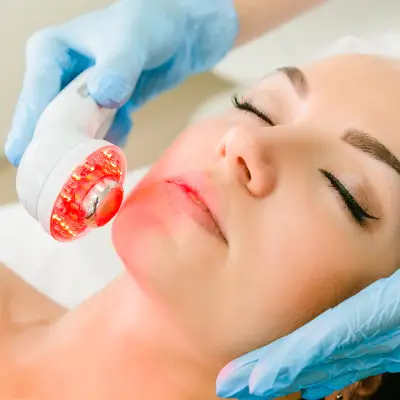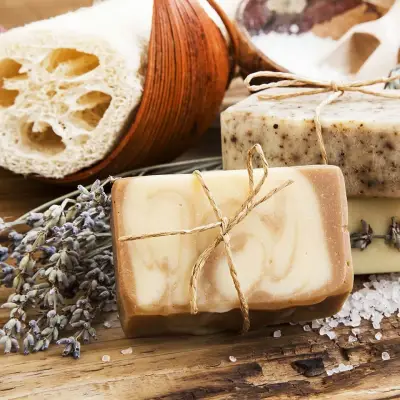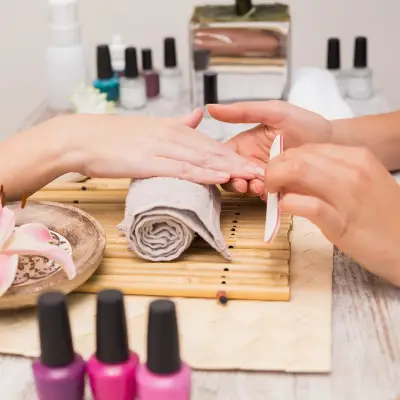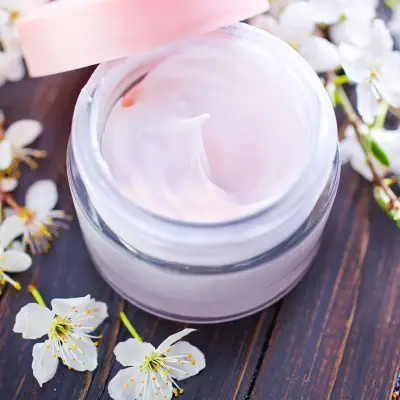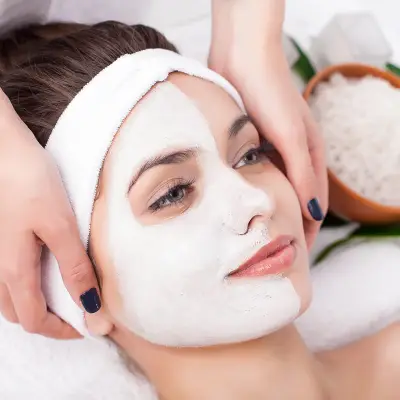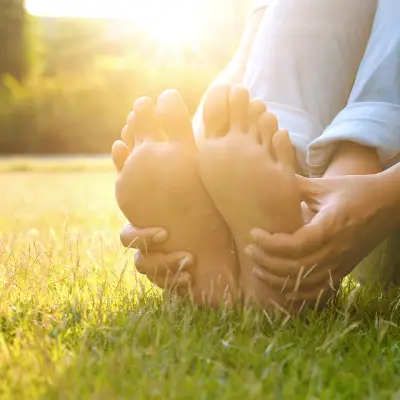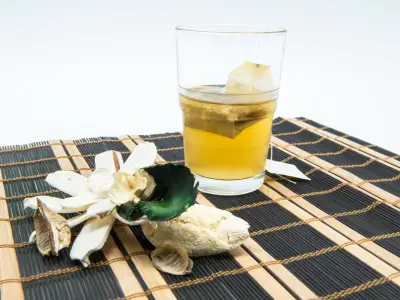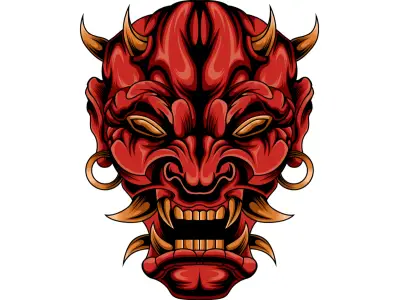Facial massage is a wonderful and natural way to rejuvenate and sculpt your face. Offering a relaxing experience, it comes with a myriad of benefits, like promoting a facelift effect, reducing the appearance of wrinkles, and enhancing skin health.
In this blog, we'll explore the steps of facial massage, the best oils for facial massage, and answer some common questions to guide you through this soothing practice.
Jump to:
What are the Benefits of Face Massage?
1. Rejuvenating Effects
Facial massage boosts circulation, leading to a brighter and more youthful complexion.
2. Reduces Wrinkles and Signs of Ageing
Regular massage can help diminish fine lines and wrinkles by promoting skin elasticity.
3. Face Sculpting
Massaging your face can help tone and sculpt facial muscles, contributing to a more defined appearance.
4. Stress Relief
The process is deeply relaxing, helping to reduce stress, which often shows on our faces.
5. Detoxification
Facial massages aid in lymphatic drainage, flushing out toxins and reducing puffiness.
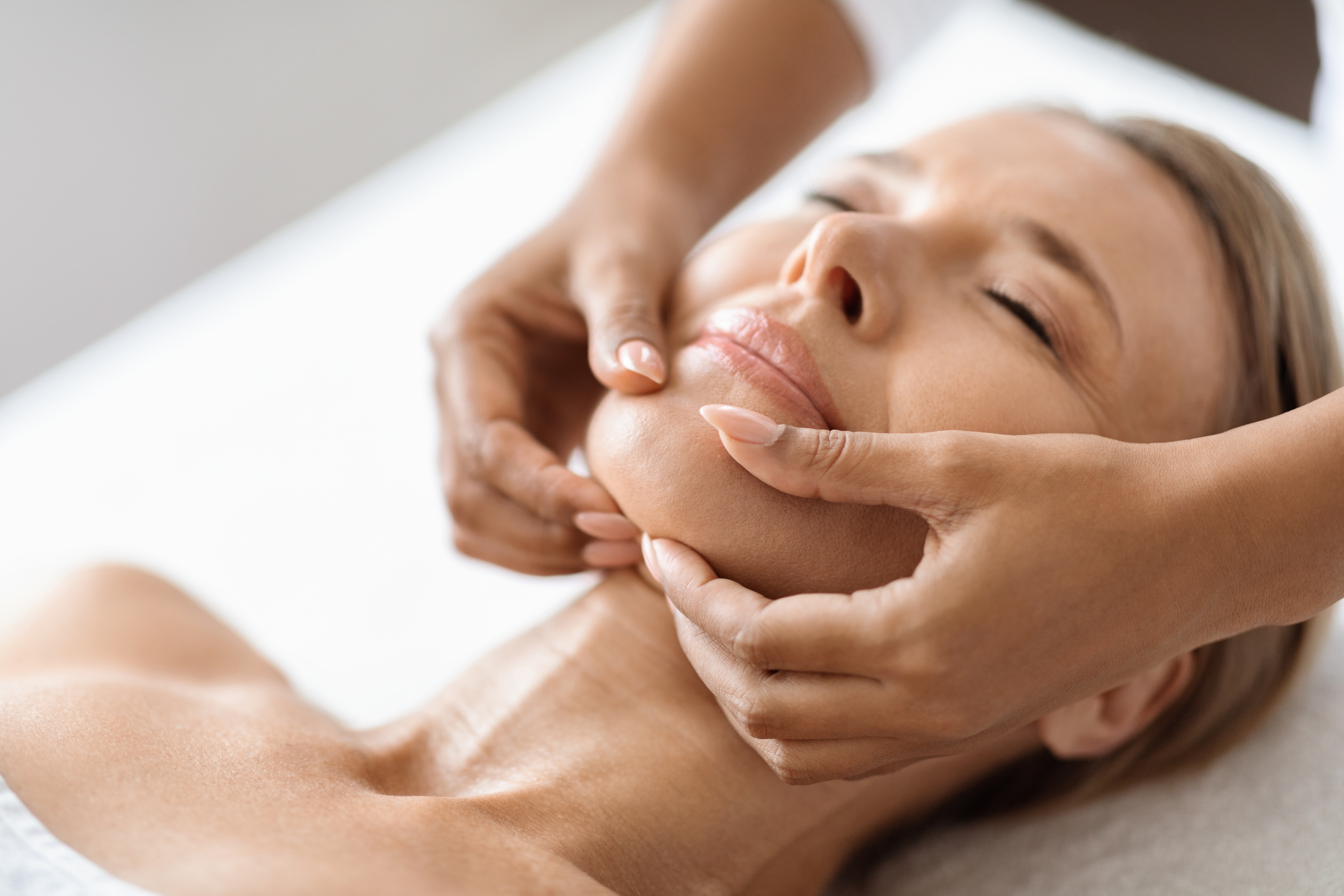
How Often Should You Massage Your Face?
Massaging your face daily can bring significant benefits. However, two to three times a week is ideal for more intensive treatments to avoid overstimulation of the skin.
The Best Oils for Facial Massage
When choosing an oil for your facial massage, look for natural, non-comedogenic oils that won't clog pores. They provide the necessary slip for a smooth massage while nourishing the skin.
Start by choosing a carrier oil for your skin type:
- Normal skin: Sweet almond oil – moisturising and protecting
- Dry/mature skin: Avocado oil – nourishing and softening
- Oily skin: Jojoba oil – antibacterial and helps dissolve the sebum that clogs pores
- Combination skin: Grapeseed oil – light and easily absorbed
- Sensitive skin: Apricot kernel oil – calming and soothing
Note: Avoid nut-based oils if you are allergic to nuts.
Then add one drop of essential oil per 1tsp/5ml of carrier oil for an aromatic facial treatment:
- Normal skin: Lavender, jasmine or ylang ylang
- Dry/mature skin: Neroli, sandalwood or rose
- Oily skin: Cedarwood, lavender or geranium
- Combination skin: Geranium, lavender or neroli
- Sensitive skin: Roman chamomile, lavender, rose
Note: If you have sensitive skin or any particular skin concerns, it’s always best to do a patch test first.
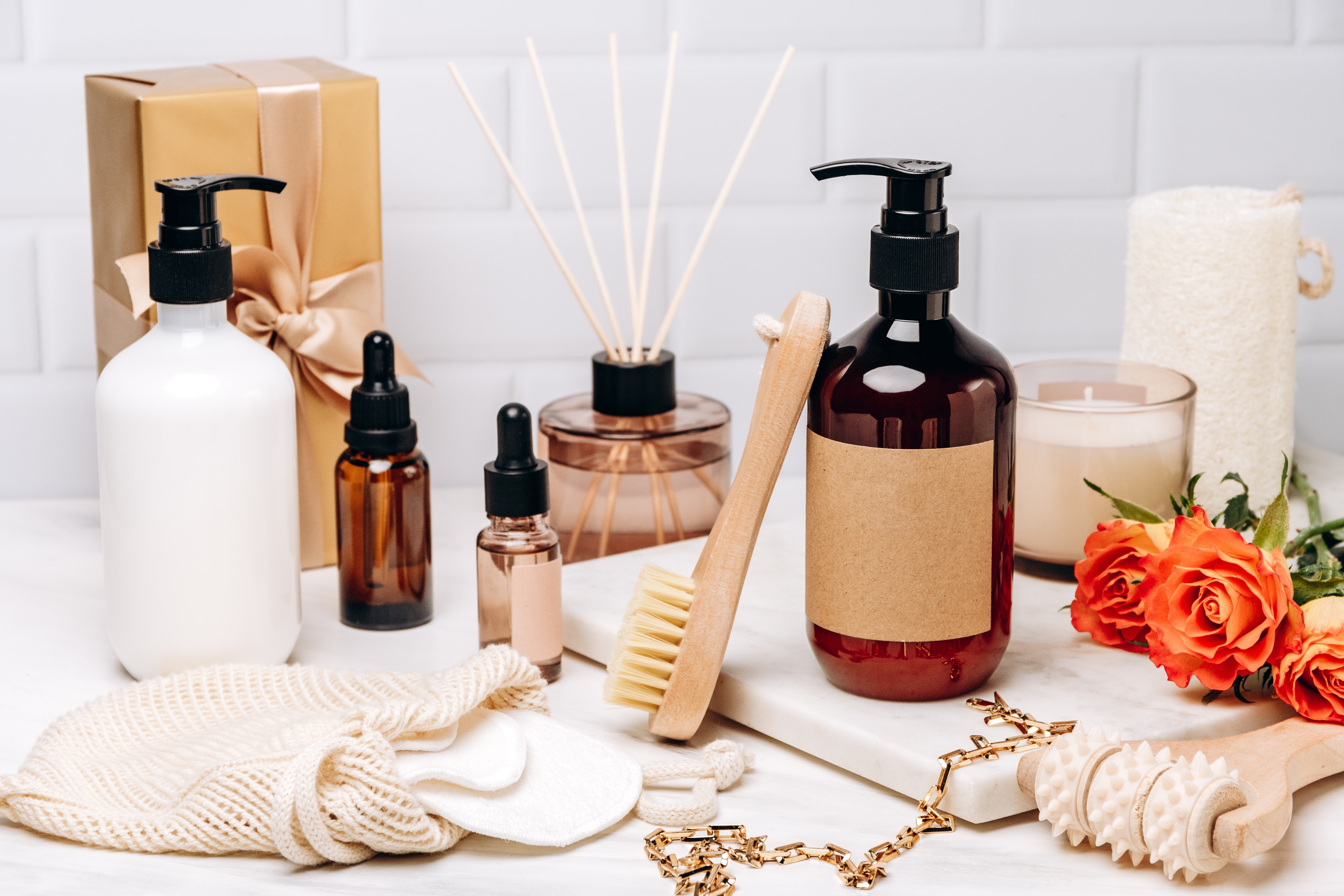
Face Massage Essential Items Checklist
Here's a list of items you'll need to perform a facial massage:
- Cleanser: A gentle facial cleanser suitable for your skin type to thoroughly clean the skin before the massage.
- Facial Massage Oil: Choose a natural, non-comedogenic oil that suits your skin type. Popular choices include jojoba oil, sweet almond oil, or grapeseed oil. These oils provide the perfect slip for massage without clogging pores.
- Soft Towels: Have a couple of clean, soft towels at hand for drying your face after cleansing and for any additional needs during the massage.
- Mirror: A mirror can be useful to ensure proper technique and coverage of all areas during the massage.
- Comfortable Seating: Ensure you have a comfortable place to sit or recline during your massage. This helps you stay relaxed and enjoy the process.
- Cool Washcloth (Optional): For the final step, a cool washcloth can be gently pressed onto the face to close the pores and refresh the skin.
- Timer (Optional): If you wish to keep track of time spent on each part of the message, a timer can be helpful.
Step-by-Step Guide to Face Massage
Let’s dive into the steps of a facial massage designed for a facelift and sculpting effect.
1. Preparation
Begin by thoroughly cleansing your face. This step is essential as it removes makeup, dirt, and impurities, ensuring your skin is a clean canvas ready for massage. Use a gentle cleanser suitable for your skin type.
After drying your face, apply a few drops of facial massage oil onto your palms. Warm the oil by rubbing your hands together, which also helps release the oil's natural fragrance, adding a sensory relaxation element to your massage.
2. Forehead Smoothing
Place your fingertips on the centre of your forehead. Gently and with minimal pressure, glide your fingers outward towards your temples and then toward your hairline. This motion should be fluid and soothing.
Continue these gentle upward strokes for about one minute. This action helps smooth out forehead lines and relaxes the muscles, which often hold tension due to expressions or stress.
3. Eye Area Care
Using your ring fingers, which have the lightest touch, gently apply pressure to the under-eye area. Start from the inner corners of your eyes, near the bridge of your nose.
Sweep outwards towards your temples. This motion helps in lymphatic drainage, reducing dark circles and puffiness. It’s important to be extra gentle in this area as the skin around the eyes is delicate and prone to wrinkles.
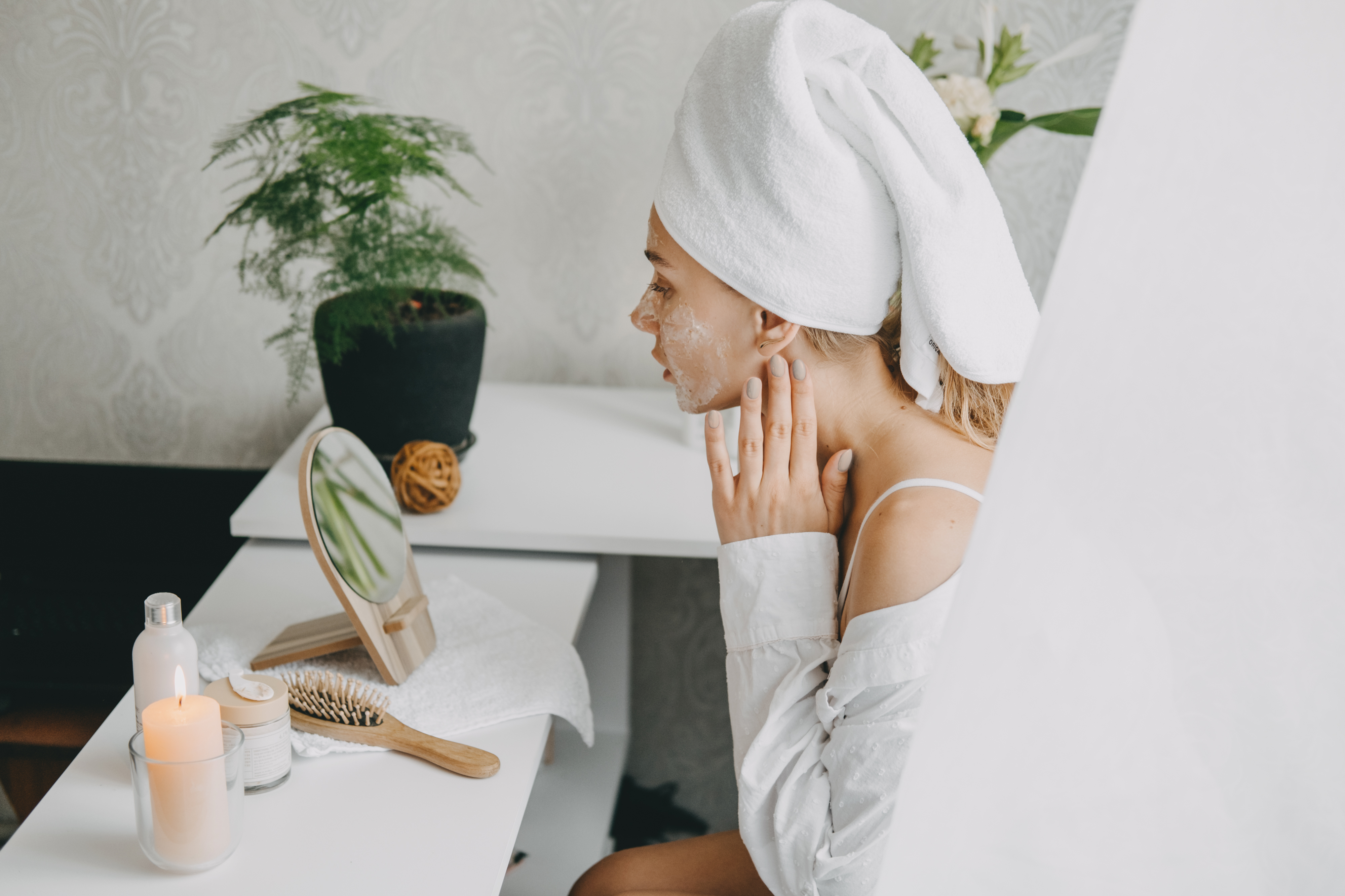
4. Cheek Sculpting
Place your fingers on your cheeks. Begin from the sides of your nose and sweep upwards towards the ears. This lifting motion encourages skin tightening and tones the cheek muscles.
You can also gently press on specific points along the cheekbone to enhance the sculpting effect, which can define the cheekbones over time.
5. Jawline Definition
Using your index and middle fingers, massage your jawline with firm but gentle upward strokes, starting from the chin and moving towards your ears. This helps in contouring the jawline.
Pay special attention to the area where the jaw meets the earlobe, a common area for tension accumulation. Massaging this area can also relieve tension headaches.
6. Neck Care
Using both hands, stroke upwards from the base of the neck to the jawline. This ensures continuity in the lifting effect of the massage and promotes better lymphatic drainage. Apply comfortable pressure to sculpt the neck area and prevent sagging skin.
7. Finishing Touches
End your massage session with gentle tapping motions all over the face using your fingertips. This technique helps to boost circulation, bringing a fresh glow to the skin. If desired, finish with a cool washcloth gently pressed onto the face. This helps to close the pores and refresh the skin, leaving it vibrant and revitalised.
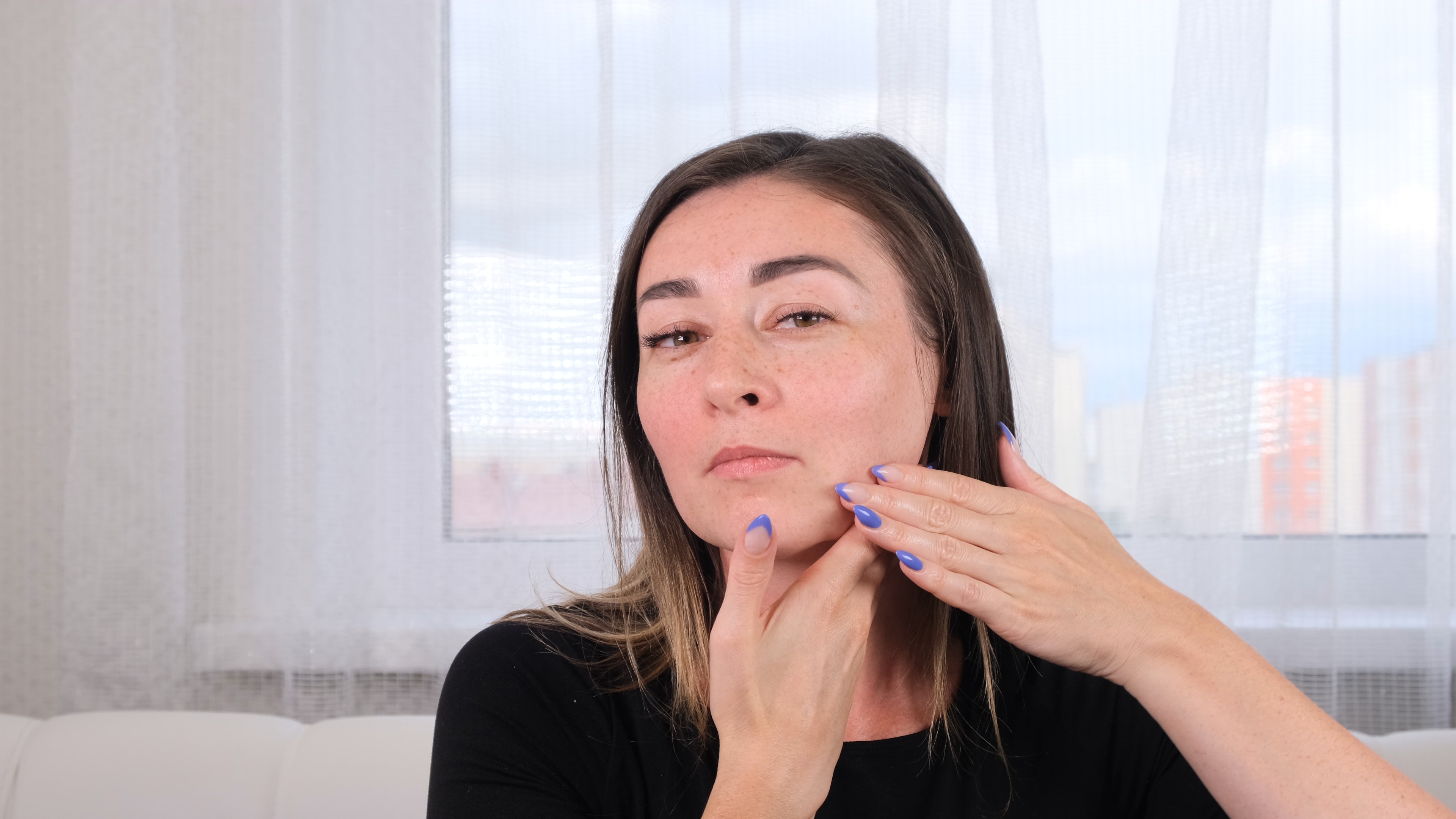
Addressing Common Questions
Does Massaging Your Face Help with Wrinkles?
Facial massage helps reduce the appearance of wrinkles. This practice boosts blood circulation, bringing more nutrients and oxygen to the skin, which helps produce collagen and improve skin elasticity. Regular massaging tones facial muscles, reducing sagging and smoothing out wrinkles. It also promotes lymphatic drainage, helping to detoxify and reduce puffiness, while the relaxation effects help relieve stress-induced lines. Additionally, massage enhances the absorption of skincare products, further nourishing and hydrating the skin, making wrinkles less noticeable.
Are There Any Side Effects of Face Massage?
Facial massage is generally safe and beneficial when performed gently, with minimal side effects. Using light pressure and proper techniques to avoid adverse reactions is important. However, if the massage is too aggressive or if too much pressure is applied, it can potentially lead to bruising or skin irritation. People with sensitive skin, acne, or other skin conditions should be particularly cautious and may want to consult with a dermatologist before beginning a facial massage routine. As with any skincare treatment, moderation and understanding your skin's needs are key to avoiding negative side effects.
Does Face Massage Reduce Double Chin?
Regular face massage, especially around the jawline, can help reduce the appearance of a double chin. This is because the massage techniques used in this area help to tone and tighten the skin and muscles of the jawline. Facial massage can also help remove excess fluid and toxins by stimulating blood flow and lymphatic drainage, contributing to a more defined jawline. Consistent and proper massage techniques can lead to a more sculpted appearance, reducing the look of a double chin over time.
How Long Should a Facial Massage Last?
A typical facial massage can last anywhere from 5 to 20 minutes, depending on your routine and the specific techniques used. It's important not to overdo it, as too much manipulation can stress the skin.
Can Facial Massage Help with Acne?
Facial massage can improve circulation and lymphatic drainage, which may help reduce inflammation and promote skin healing. However, if you have active acne or sensitive skin, you should be cautious and use gentle techniques to avoid aggravating your skin.
Recommended for you!
Best SellersWhat is the Best Time to Do Facial Massage?
Facial massage can be done any time of day, but many people find it especially relaxing in the evening as part of their bedtime routine. This also allows skincare products applied during the massage to work overnight.
Should I Cleanse My Face After the Massage?
It's not necessary to cleanse your face after a massage, especially if you use a suitable facial oil that benefits your skin. Cleansing before the massage is more important to ensure your skin is clean and receptive to the treatment.
Can Everyone Do Facial Massage?
Most people can benefit from facial massage, but those with certain skin conditions, like severe acne, rosacea, or eczema, should consult a dermatologist first. Also, people with sensitive skin should be extra gentle and use appropriate products.
Study Holistic Facials for £29
We're excited to present our Holistic Facials Diploma Course at a discounted rate of £29! Simply click the link below to get started.
